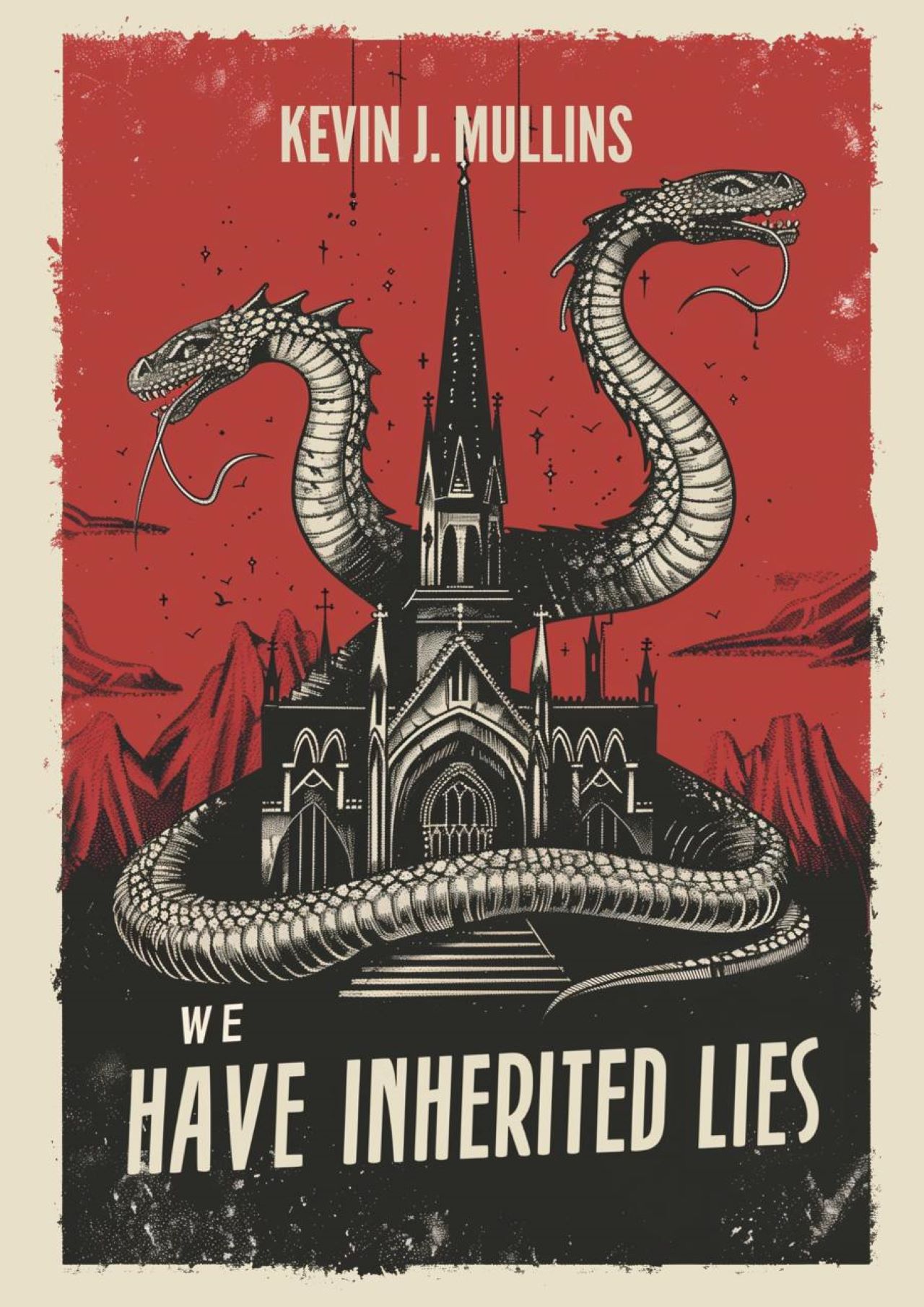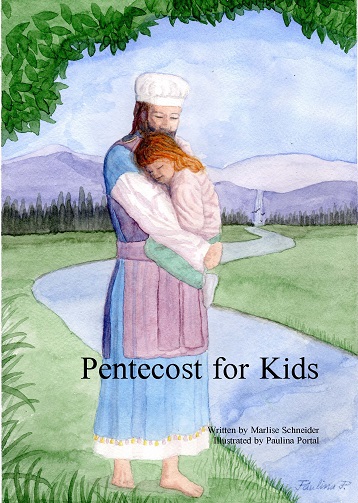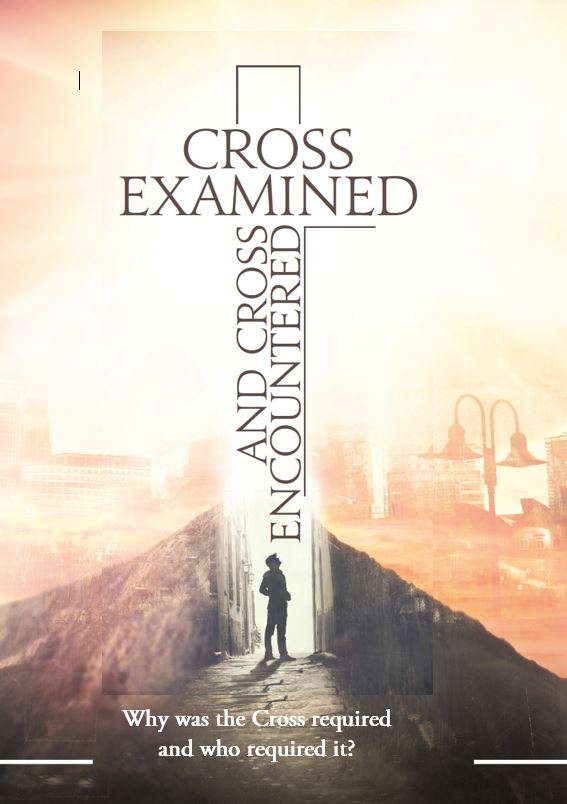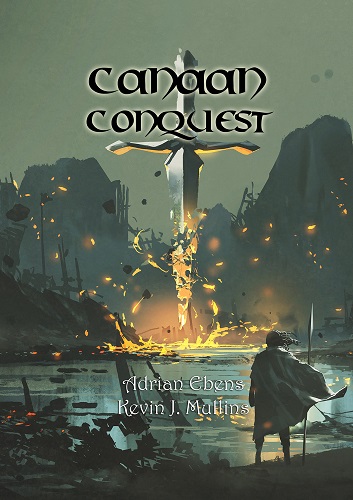Spalding's Twilight Zone
Arthur Whitefield Spaulding (1877-1953, Spalding after 1915) was a prominent Adventist educator and writer. He served as secretary to the Kellogg brothers at Battle Creek Sanitarium, president Sutherland at the Battle Creek College, and Ellen White. He taught at Emmanuel Missionary College, schools in Wisconsin, and co-founded Fletcher Institute in North Carolina. He wrote many books and articles. In 1947 he was researching at the General Conference for a book on the history of the SDA church. He sent a letter once more to Herbert Camden Lacey in early June asking for additional details of a time that was to him “a twilight zone.”
Elder Spalding asked about several things, but of importance to us is his inquiry into the historical events concerning the change from “antitrinitarian” to “trinitarian” doctrines. He is under the impression that it was only “some of our leading men” who were initially opposed to the trinity doctrine. This was the definite position promoted by LeRoy Froom. But Spalding is perplexed that those early “antitrinitarians” still believed in the divine nature of Christ that was blended with the human. Spalding interpreted this as evidence that they in fact “held a true trinitarian faith.” Why? Because they believed in the divine nature of Christ.
He sympathizes with J.H.Waggoner’s objection to Christ’s death as being only a human sacrifice on the cross. Then he resolves his dilemma by excusing the pioneers for confusing the divine life of God with the person of God. He cannot conceive that God could die; but he can conceive that the life of God which was given to His Son could be “poured out” so that the Son of God, a person whose divine and human natures were blended and thus qualifying as a divine sacrifice, could die without jeopardizing the life of God.
He then confesses that he is faced with the task of harmonizing his concepts with Sister White’s pronouncements. He quotes two examples: “Humanity died; divinity did not die.” Youth’s Instructor Aug. 4, 1898, p. 603. “When Christ was crucified, it was his human nature that died. Deity did not sink and die; that would have been impossible.” Letter 280, 1904.
Spalding then struggles with the wider issue: how to reconcile a continuous path of advancing truth when we teach that the pioneers were in error?
Spalding is trapped in a twilight zone of our church history. Like Eckenroth he had never been taught the true situation that existed during the early decades of the Seventh-day Adventist church. And now he discovers for himself that “the question of the trinity among us” really was a serious issue across a much wider base than portrayed by the historical revisionists.
So he pleads with Lacey to provide him with some evidence that there was a much larger trinitarian faction during those early pioneer days, that Froom’s thesis was indeed true, that the antitrinitarian voices were really only that of a few individuals and did not represent the majority.
Three days later Herbert's response arrived airmail.
"Most assuredly our people were anti-trinitarians, when we (the Lacey family) accepted the ‘Truth’ in 1888. At least, that is how it appeared to us at that time," Lacey admitted. Then he complains about how the many hymns he had grown up with in the Church of England had been changed by the Adventists. But then he said, "I am glad to note that, in our Church Hymnal, issued in 1941, the great truth of the Trinity has been, in a measure, restored."
Lacey took credit for introducing the personhood of the Holy Spirit during his time in Australia. He was quite pleased that Marian Davis, who was very much interested in this topic, managed to incorporate some of his thoughts into the Desire of Ages, especially page 671. Then he answered the big question.
"Now your questions: ‘Did all the fathers sin?’ Well, ‘sin’ is perhaps too strong a word. But they certainly ‘all’ held inadequate views on both the ‘Eternity of the Son’ (and therefore His essential Deity) and the ‘Personality of the Holy Ghost.’"
"‘And if so, did they repent?’ Not so as you could notice it, I fear."
"‘How prove the unity of the faith in our succession if our pioneers were Arians, and we are Athanasians?’ Well now, the answer is obvious—to you, as well as to the rest of us; so, let us leave it there!"
The answer was obvious: you can't prove a unity of faith when the faith completely changes. There was no question that the pioneers rejected the Trinity and not just a Catholic version. There is no question that as of 1947 the church was avowedly Athanasian. So if you can't prove a succession of faith that is unchanged from the inception of the Advent Movement, don't even try. Just leave it alone. Don't mention it.
If God ordained the Advent Movement as the remnant heir of the Reformation, leading the people of God all the way out of Babylon, discarding the last vestiges of doctrinal error, restoring the old paths, elevating the entire Law of God, repairing the breach--how can we claim to have a continuous chain of truth that was inspired and led by the hand of God? In the last decade of her life, Ellen White could say just that.
I am now looking over my diaries and copies of letters written for several years back. . . . I have the most precious matter to reproduce and place before the people in testimony form. While I am able to do this work, the people must have things to revive past history, that they may see that there is one straight chain of truth, without one heretical sentence, in that which I have written. This, I am instructed, is to be a living letter to all in regard to my faith.--Letter 329a, 1905. {3SM 52.2}








